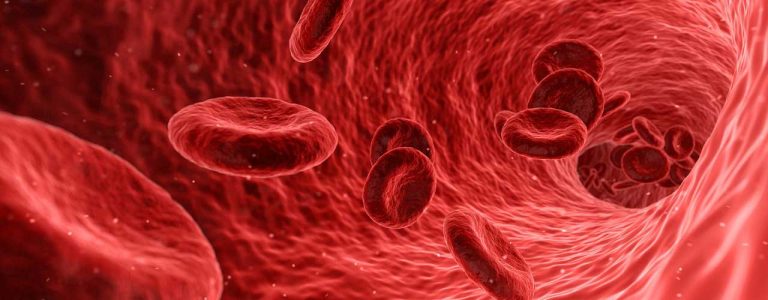In our last Family Night Educational Lecture presented by Cornerstone’s Clinical Staff team member, Dane Jones, he covered in detail the psychological and physiological effects of Substance Use Disorders as defined by the DSM 5 (Diagnostic and Statistical Manual of Mental Disorders, 5th Edition).
This manual is the latest version of the American Psychiatric Association’s guide with in-depth information on the names, symptoms and diagnostic features of each recognized mental illness—including addictions. Published in May 2013 nearly 20 years after the original publication the DSM-V highlights criteria for substance use disorders that are based on decades of research and clinical knowledge.
Dane presented to our clients and their family members the concept behind the Biological, Physiological and Social factors present in the individuals and families that have been afflicted by substance use disorder as well as the cyclical effects that persist throughout the cycle of addiction.
Criteria for Substance Use Disorders
Substance use disorders span a wide variety of problems arising from substance use, and cover 11 different criteria:
1. Taking the substance in larger amounts or for longer than you’re meant to.
2. Wanting to cut down or stop using the substance but not managing to.
3. Spending a lot of time getting, using, or recovering from use of the substance.
4. Cravings and urges to use the substance.
5. Not managing to do what you should at work, home, or school because of substance use.
6. Continuing to use, even when it causes problems in relationships.
7. Giving up important social, occupational, or recreational activities because of substance use.
8. Using substances again and again, even when it puts you in danger.
9. Continuing to use, even when you know you have a physical or psychological problem that could have been caused or made worse by the substance.
10. Needing more of the substance to get the effect you want (tolerance).
11. Development of withdrawal symptoms, which can be relieved by taking more of the substance.
The severity of Substance Use Disorders
The DSM 5 allows clinicians to identify how severe a problem the substance use disorder is depending upon how many symptoms are identified. If there are 2 or 3 symptoms it would indicate a mild substance use disorder while 4 or 5 symptoms indicate more of a moderate disorder. Identifying 6 or more symptoms would indicate a severe substance use disorder.
For our clients, some of these factors and cycles include unhealthy peer groups, toxic relationships, relapses, instability professionally, dependency, legal issues, cognitive distortions, lack of healthy communication skills and lack of coping skills.
When looking at the families a few of the factors are codependency, lack of boundaries, misunderstanding of addiction and alcoholism, misunderstanding of assertive communication methods, and lack of resources to help cope with the effects of alcoholism.
A number of great resources for more information on these topics can be found in Samsha.gov, Psychology Today, Al-Anon, Alcoholics Anonymous, Narcotics Anonymous, Substance Abuse Counseling, Marriage and Family Counseling, and Community Resource Centers such as Cornerstone of Southern California’s Substance Abuse Treatment Facility.
Through this educational process, our clients and family members alike will now better understand the concept surrounding the disease of addiction and present a solution and hope to those who have felt hopeless and have struggled to understand the disorder in which they and their families have been enmeshed for far too long.






